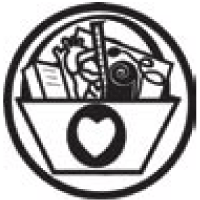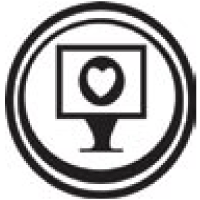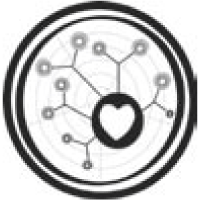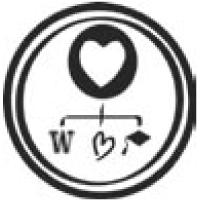Kit Curriculum
The Kit

Youth Take Heart Kit Curriculum is a four- to sixweek comprehensive curriculum that focuses on heart anatomy, the causes of cardiovascular disease, prevention of cardiovascular disease through heart-healthy nutrition and physical activity, as well as biotechnological solutions for repairing damaged heart tissue.
Developed over two years by Washington State middle and high school educators, the curriculum includes kit materials that support the activitydriven lessons. Several lessons incorporate different stages of the inquiry process.
Teacher Institute
Middle school science and health teachers are invited to apply to the Youth Take Heart Summer Institute. Over four days educators are trained to use the curriculum as well as invited to interact with experts from UWEB and The Hope Heart Institute on the most current research in cardiovascular science and biotechnology.
Contact Chris Weiland, Lead Teacher (cweiland@u.washington.edu) for more information.
Overview of Lessons
Lesson 1: Get to Know Your Heart
- Start off by learning a little about your own heart. Take your blood pressure, pulse, and calculate your body mass index (BMI).
Lesson 2: To Feel a Heart
- Using a bisected sheep heart, learn how muscle, valves, and vessels allow the heart to function well. At the end of this session, you will be able to name parts of the heart.
Lesson 3: Give Me the Runaround
- Become a blood cell or an organ, and learn how the circulatory system carries and exchanges nutrients and wastes throughout the body.
Lesson 4: Circulatory System Learning Stations
- Read posters and study models of the heart and blood vessels to learn about diseases, blood pressure, BMI, and the structure of blood vessels.
Lesson 5: Just Move It
- Maintaining a healthy weight means using the energy that we consume. How do we balance our food intake with physical activity? Using mathematics, learn how to calculate your basal metabolic rate (BMR).
Lesson 6: You Are What You Eat
- Be a fast food menu detective! Measure out the amount of sugar and fat in different foods, so that you can make healthy choices when you go to a restaurant.
Lesson 7: Ready, Set... FLOW!
- What properties make good artificial blood vessels? Run fake blood through different tubes: which allow our blood to move the fastest? What makes blood flow slowly through a blood vessel?
Lesson 8: Bioengineering
- Learn the history of bioengineering, looking at slides and videos of artificial body parts.
Lesson 9: In Pursuit of an Artificial Blood Vessel
- Stretch different biomaterials to the limit! What would make a good artificial blood vessel? Saran Wrap? Gore Tex? You get to put these materials to the test.







